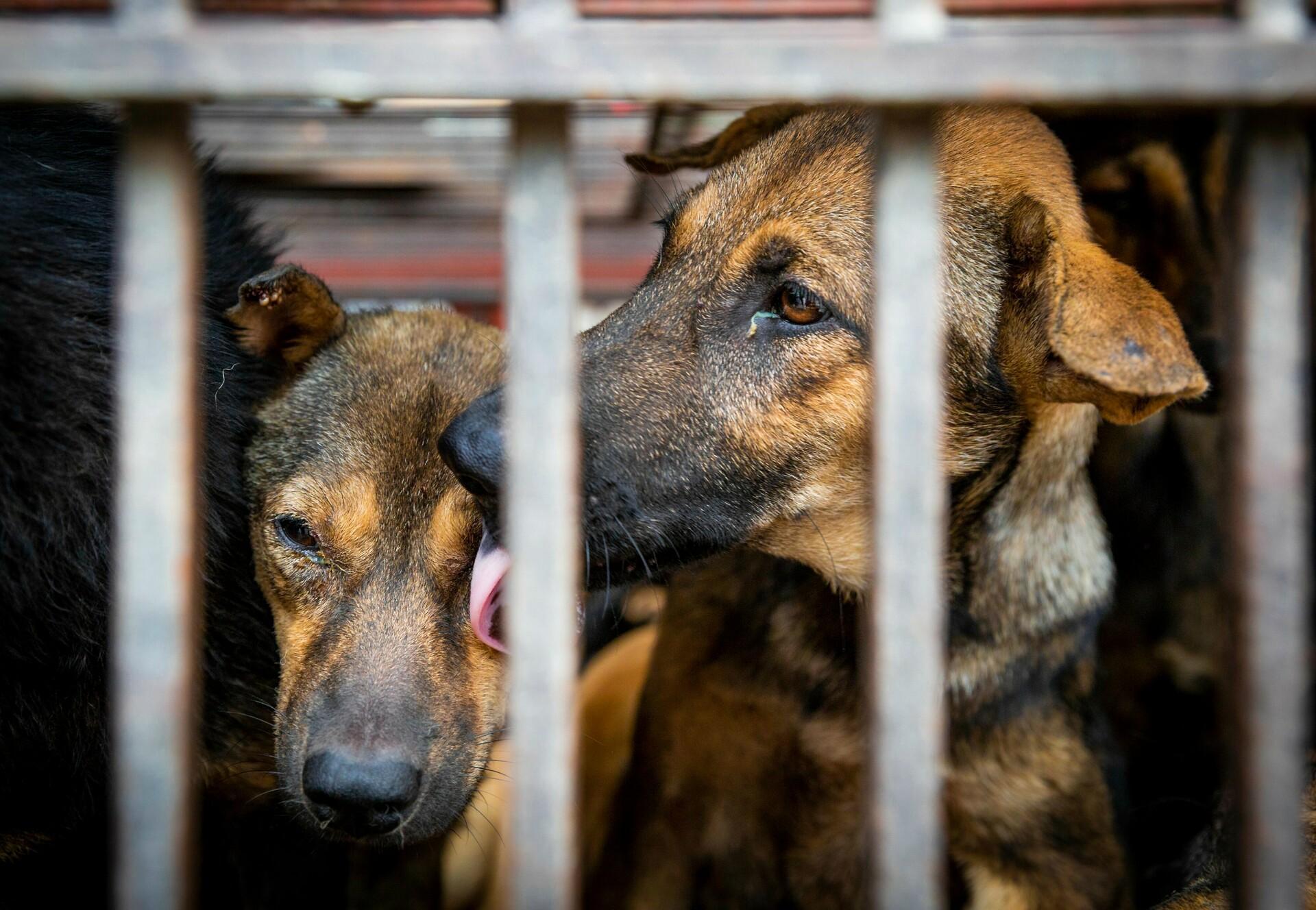
FAQs on the Dog & Cat Meat Trade
Ending the dog and cat meat trade in Southeast Asia
What is the goal of FOUR PAWS’ campaign end the dog and cat meat trade in Southeast Asia?
End the dog and cat meat trade sustainably in Southeast Asia by the year 2030 (by reducing the theft of dogs and cats, decreasing the demand for dog and cat meat, and introducing appropriate legislation and supporting enforcement to end the trade).
What is FOUR PAWS’ approach to the end the dog and cat meat trade in Southeast Asia?
FOUR PAWS approach to ending the dog and cat meat trade is through lending support to communities, pet owners, and governments to support their efforts.
Why did FOUR PAWS choose to run the campaign in Indonesia, Cambodia and Vietnam? Are the other Asian countries dog and cat meat free?
FOUR PAWS has chosen these countries because we feel that the time is right for change in these countries, and we have a strong network of local partners working on-the-ground in these countries.
How many dogs and cats get killed for their meat in Southeast Asia each year?
While exact numbers are difficult to ascertain due to the sheer illegality of the trade, we estimate that over 10 million dogs and cats are killed for their meat every year in Southeast Asia.
FOUR PAWS often talk about extreme markets. What are they?
In North Sulawesi, Indonesia – there are an estimated 200 ‘traditional markets’ throughout the province, many of them going by the name ‘pasar extreme’, or extreme market in Bahasa language. At these markets, the brutality endured by the animals at markets slaughtered on-site is unimaginably brutal, cruel and in contravention to Indonesian laws and global standards pertaining to animal welfare.
Is it dangerous to eat dog meat because of rabies?
Yes. The brutal and unhygienic slaughter and butchery of dogs and consumption of meat from rabies-positive animals puts humans at risk.
How does dog and cat meat taste like and how does it get served?
Dog and cat meat is typically grilled or served in a curry. Most say that dog meat has an offensive, pungent smell and taste which must be masked by cooking with excessive herbs and flavours.
What exactly does FOUR PAWS do with the donation money? What kind of equipment/medication is needed and how much do these items cost?
- $10 = Parvo/distemper vaccine for a rescued dog/cat
- $15 = Food for two weeks for a rescued dog
- $20 = Sponsor an anti-dog meat trade billboard on the back of a tuk tuk in Cambodia
- $50 = Transport cages to remove dogs and cats from the market
- $85 = Fund an undercover investigator for one day to collect footage
- $125 = Emergency medical care for a dog rescued from a meat market – this often involves wound care, bandaging, and IV fluids
Is there any impact on children?
Many children are routinely seen at the market, either accompanying their parents to do the shopping or playing in the market whilst their parents work or shop. Being exposed to this type of violence towards animals is detrimental to the psychological well-being of children, and desensitises them to cruelty, and this is increasingly being linked to violence to people and animals later in life.
What can I do to stop this?
- We appreciate any donation you can give to support our fight against the dog and cat meat trade (Give now).
- You can sign the petition to end the cruel dog/cat meat trade (Petition Link).
- You can use your own channels to spread the word and share our contents to make other people aware this is happening.
- When traveling to South-East Asia, keep an eye open for places that serve dog and cat meat. Stay away from those places and advise fellow travelers and locals on the implications of this trade.

